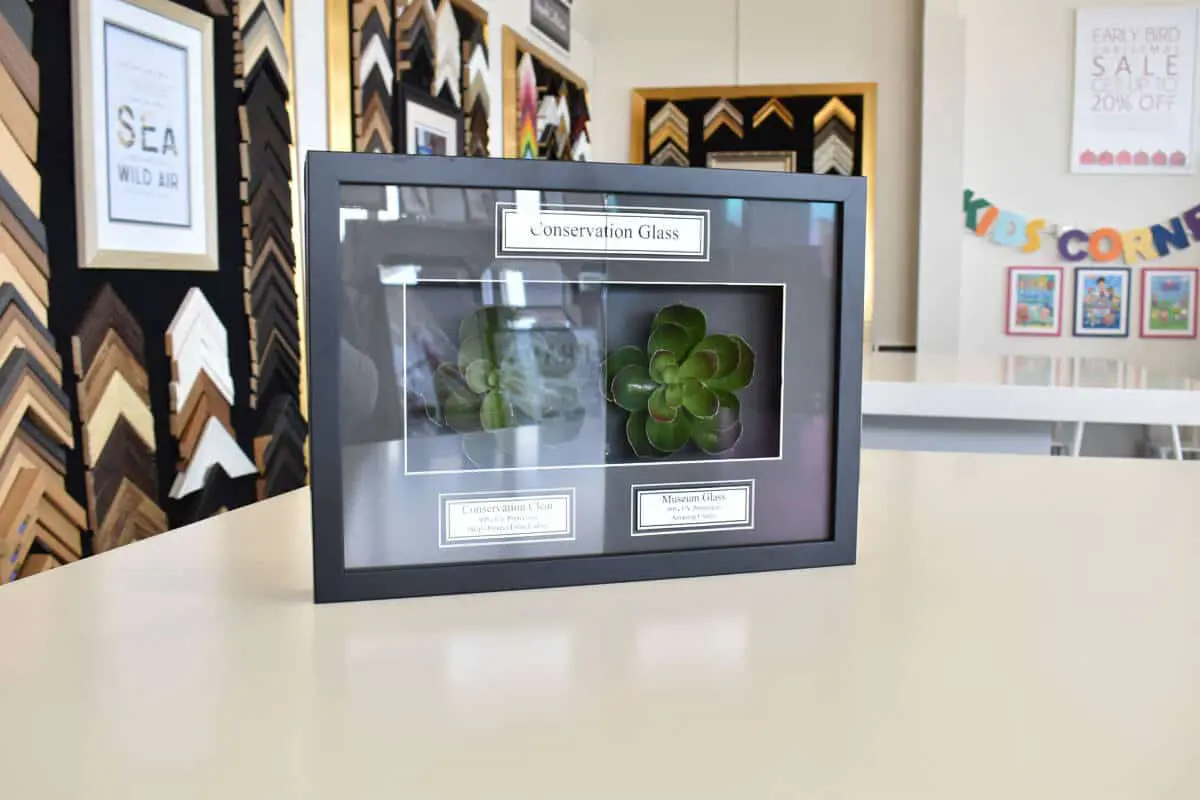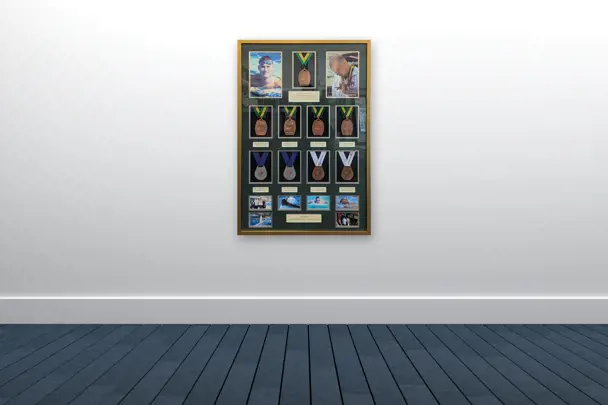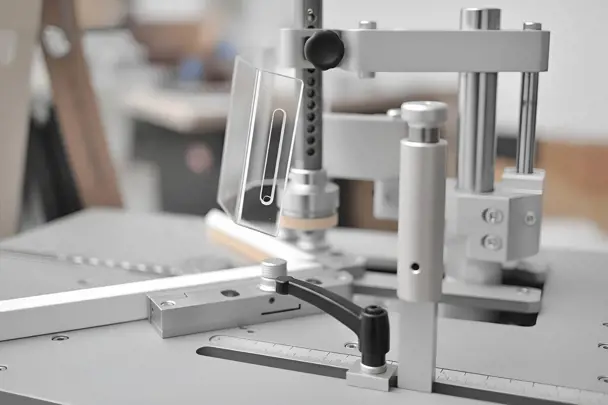Updated 20 December 2024
You may not be aware of the number of glazing options you have when selecting custom framing. Most of us realise that we can choose from hundreds of frames and matboards but don't realise the choice you have when choosing glass for your picture frame. Nor do we fully appreciate the varying properties of different glass types and the importance of selecting the right glass to protect your framed item.
So, why would you choose one glass type over another and is the investment in non-glare and UV controlled glass really worth it? Let’s take a look at the types of picture framing glass available, the different properties and the benefit to you in ensuring you make the right choice.
Clear Glass
Standard clear glass is glass that's usually fitted to ready made frames you buy off the shelf. It offers protection from dust, fingerprints and marks, but has no protection from harmful UV light that leads to fading. It is also reflective and when used in frames hung adjacent to windows or under spotlights, it can obscure the artwork from the viewer. Having said that, it is a good choice when framing inexpensive posters and replaceable photo prints, hung in low lit areas.
Non-reflective Glass
Non-reflective or non-glare glass offers better viewing with a matte-like finish that scatters light to minimise glare. It provides no protection from UV light and cannot be used in box frames where the item is set back, because the non-reflective haze becomes visible. It's recommended for use where glare may be an issue but only in frames with no more than 3 stacked matboards added, due to the hazing effect.
UV Clear Glass
Clear UV glass protects your artwork, photo or memorabilia from fading which is caused by UV light. It cuts out 99% of ultra violet light to provide excellent UV protection. It has no reflection control.
UV Non-reflective Glass
Non-reflective or non-glare UV glass offers the same protection as clear UV glass but has a matte-like finish that scatters light to minimise glare. Like the standard non-reflective glass, it's recommended for use where glare may be an issue but in frames with no more than 3 stacked matboards added, due to the hazing effect.
Museum glass
Museum glass also protects your framed item from fading and provides an outstanding 99% protection from harmful UV light. The added benefit of museum glass is that it provides reflection free viewing with amazing clarity and anti-static properties (so small dust particles don't stick to the glass creating a minor annoyance when perfection is required). It provides enhanced colour perception, brightness and contrast levels and is sometimes referred to as "invisible glass".
So, Which Glass Should You Choose?
We know that selecting from hundred of frames and matboards or mounts is daunting enough without worrying about which glass to select. Especially now that you understand the importance of selecting appropriate glass.
| Budget | Avoid reflection | Protect from sunlight | Maximum protection & clarity | Weight & safety | |
|---|---|---|---|---|---|
| Clear glass | ✔ | ||||
| Non-reflective glass | ✔ | ||||
| UV clear glass | ✔ | ||||
| UV non-reflective glass | ✔ | ✔ | |||
| Museum glass | ✔ | ||||
| Acrylic | ✔ |
Once you have selected the best glass option for your frame, you will want to keep it clean and undamaged in order to protect your artwork or object. Learn about how to care for framing glass here.
All Frame Today staff are Picture Framers Association (PFA) qualified and have the expertise to advise you when selecting the best choice to provide the level of protection your artwork deserves. For help selecting the right glass for your frame, visit your nearest Frame Today store.



